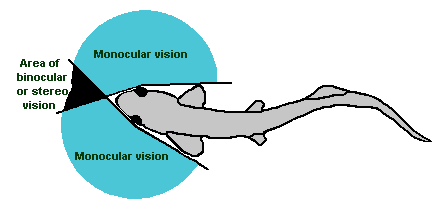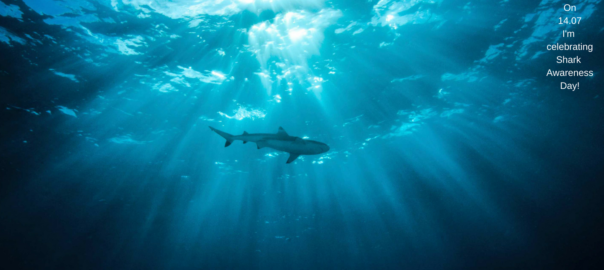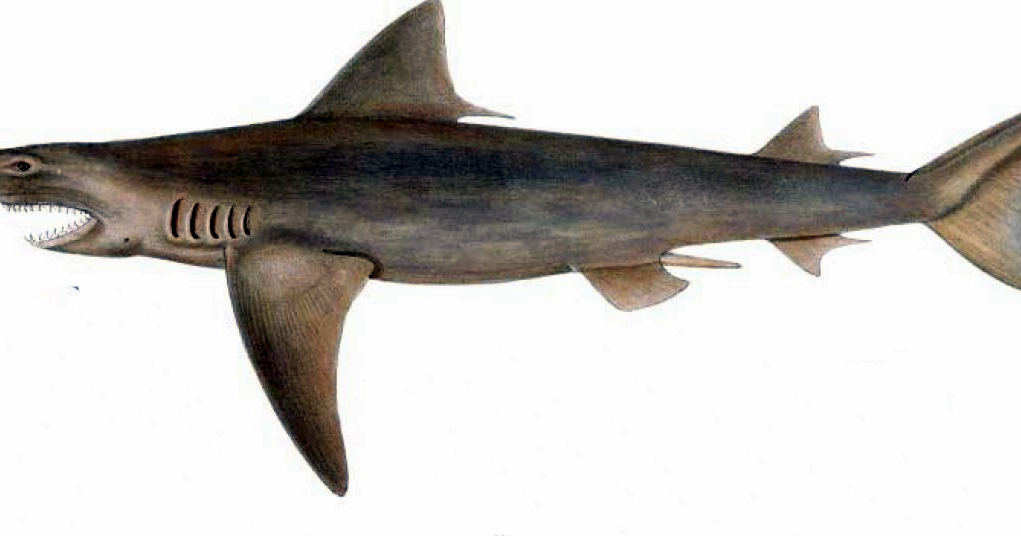Today, July 14th is Shark Awareness Day and we are celebrating with some interesting facts about sharks.

1 Sharks Need to Swim to Stay Alive
Some sharks need to swim continuously to stay alive. Sharks obtain oxygen for breathing from the water that flows over their gills. If they stop swimming, no more water flow means no more oxygen, so breathing stops. However some bottom-dwelling sharks have adaptations for breathing even while they are still on the sea floor.
Read More: Whale Sharks Closer to Extinction

2 Sharks Never Run Out of Teeth
Some sharks have only a few dozen teeth, while some can have thousands! The whale shark might win the prize, with up to 3,000 teeth, although they are relatively tiny. They have new ones at the ready to move up and replace any that become lost during feeding.

3 Smallest to Largest
Sharks come in varying sizes and at only 15 cm long (6″), the tiniest species is the dwarf lantern shark and the largest is the whale shark, measuring up to 41 feet.

4 Binocular Vision
Sharks have eyes that are placed on the very tip of the elongated head so they have particularly excellent binocular vision. but not very good stereo vision. Hammerhead sharks, the newest evolved among sharks have 360 degree vision.

5 Maintaining Ecological balance
Sharks play a very important role in maintaining ecological balance by keeping a check on the marine population. One of the major predators for fish, they make sure that the ocean resources are not depleted by the increase in fish numbers.

6 Sharks glow
Sharks communicate with each other by biofluorescence . They glow with a neon green colour by emitting a pigment on their skin. The males and females of the species have different markings. Other deep-sea sharks use bioluminescence and create their own light with special organs called photophores as camouflage, to identify members of the same species and reproduce.
Read more: iShark Fin for Better Protection of Endangered Sharks
7 Sharks Are Found in Rivers too
There are six species of river sharks found in the world, out of which the Ganges shark (Glyphis gangeticus) is endemic to India.The Ganges Shark is found in the waters of the Ganges – Hooghly river water system. It is a critically endangered species.Unlike other members of this family, the eyes of the Ganges shark are tilted dorsally indicating that it may swim along the river bed scanning the waters above for prey.
Read More: Loosing Animal Poop Could be Bad for the Planet






